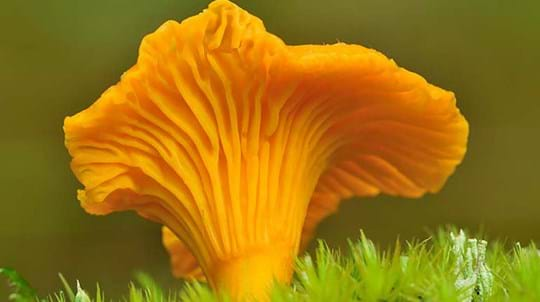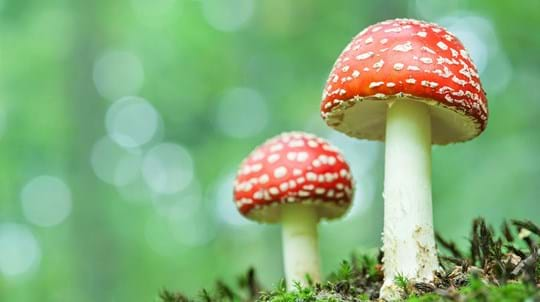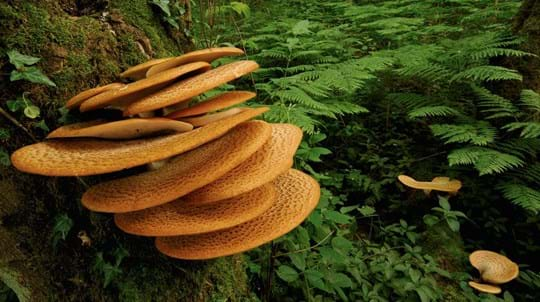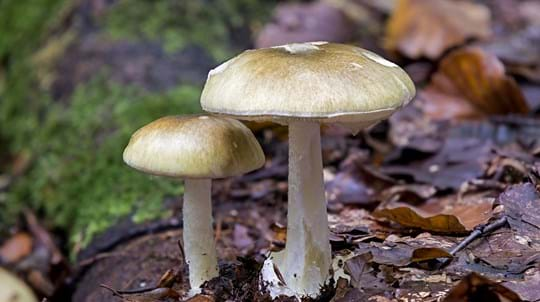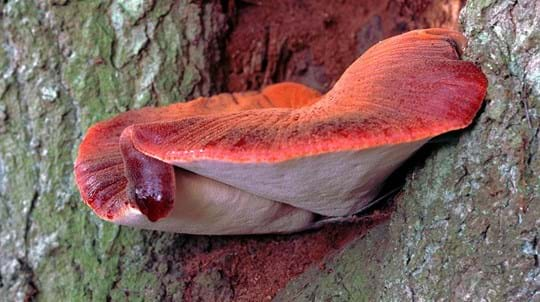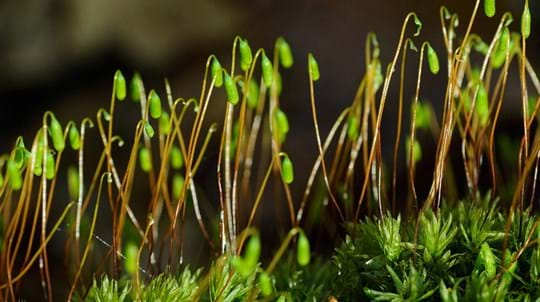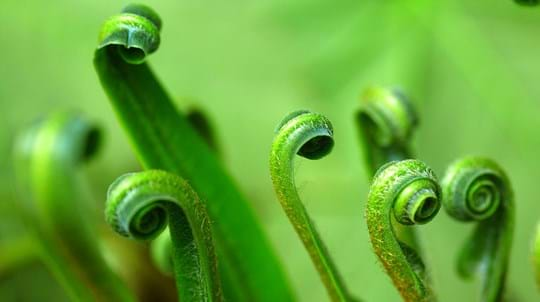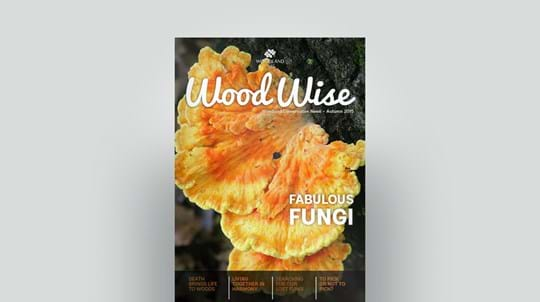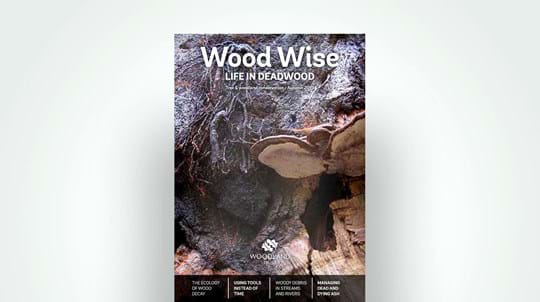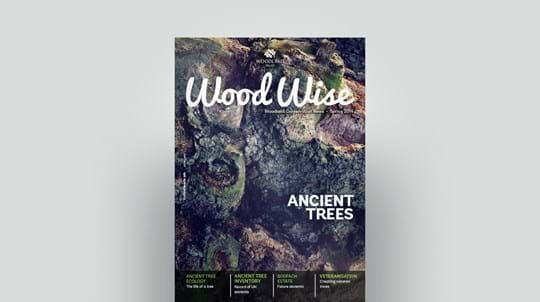
Credit: Jan Hamilton / Lorn Natural History Group
Where to find hazel gloves fungus
Hazel gloves fungus is a globally rare and threatened species found exclusively in temperate rainforest. This special habitat is itself restricted in the UK to the Atlantic coastline, including the Western Isles and west coast of Scotland, Wales, Cornwall and Devon. The fungus is almost always found growing on old hazel trees. Dunollie Wood in Scotland is just one of our woods it calls home.





